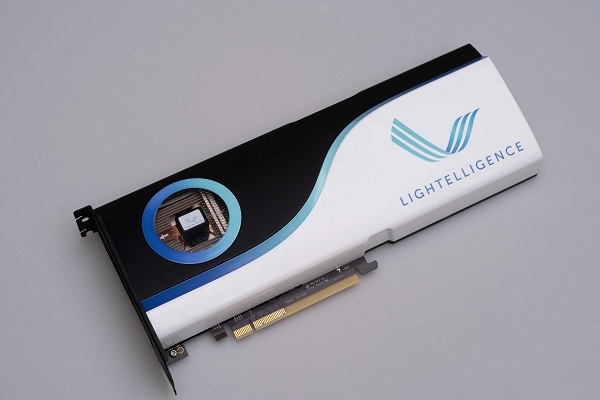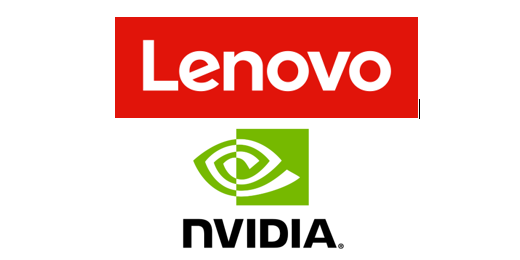
Lightelligence’s Hummingbird
Boston –– June 28, 2023 –– Photonic computing company Lightelligence has introduced Hummingbird, an optical network-on-chip (oNOC) processor designed for domain-specific AI workloads.
Lightelligence said Hummingbird utilizes vertically stacked packaging technologies to integrate a photonic chip and an electronic chip into a single package serving as the communications network for data centers and other high-performance applications. The first public demonstration of Hummingbird will be at Hot Chips August 27-29 at Stanford University.
“Photonics is the solution to the critical compute scaling problem, which has become pressing as the traditional solutions struggle to keep up with the exponential growth of compute power demand spurred by breakthroughs in the AI industry,” remarks Yichen Shen, CEO of Lightelligence. “Hummingbird demonstrates how the industry can address the scaling problem by incorporating photonic technologies into their next-generation product.”
“Lightelligence is breaking the memory wall with its proprietary photonics technology that could revolutionize the semiconductor industry,” adds Dylan Patel, Chief Analyst at SemiAnalysis.
Hummingbird is Lightelligence’s second product in its photonic computing portfolio. Its Photonic Arithmetic Computing Engine (PACE) platform, released in late 2021, integrates photonics and electronics in a small form factor leveraging custom 3D packaging and seamless co-design.
Hummingbird is the first in a family of products that utilize Lightelligence’s oNOC platform, designed to improve computing performances by enabling innovative interconnect topologies via silicon photonics. Its waveguides propagate signals at the speed of light and utilize an all-to-all data broadcast network to each core on a 64-core domain-specific AI processor chip, giving Hummingbird significant advantages in latency and power reduction over traditional digital interconnect solutions.
Compute scaling challenges inspired the creation of an optical interconnect solution. Unlike digital networks, Hummingbird’s oNOC technology increases density scaling by enabling interconnect topologies that would be otherwise unrealizable.
In oNOC, power and latency are virtually unaffected by distance, making the technology ideal for developing new and more robust topologies that do not rely on nearest neighbor communication. oNOC topologies like Hummingbird’s enable higher utilization of compute power even in a single electronic IC configuration due to more efficient communication. With oNOC, mapping workloads to hardware becomes easier and provides greater freedom to select the right topology for the computing task.
In Hummingbird, Lightelligence implemented a low-latency optical all-to-all broadcast network spanning 64 cores. With 64 transmitters and 512 receivers, Hummingbird provides a framework to implement a variety of dense optical network topologies.
Hummingbird’s electronic and photonic ICs are co-packaged and integrated into a PCIe form factor ready for installation in industry-standard servers. Coupled with the Lightelligence Software Development Kit (SDK), machine learning and AI workloads can be optimized to take full advantage of the oNOC. oNOC and Hummingbird IP can also be customized for other unique workloads and applications.
Future generations of Hummingbird will employ reticle-stitching to support chiplet architectures to enable better scalability, improve energy efficiency, and further reduce bottlenecks.
Lightelligence said it is signing development partners to sample Hummingbird-based PCIe add-in cards along with Lightelligence’s SDK in Q3 2023.



